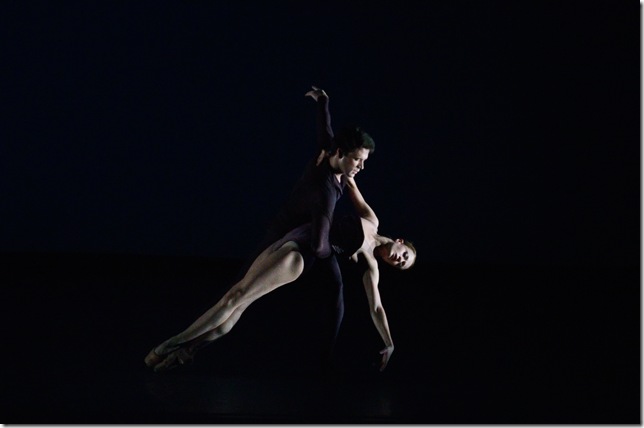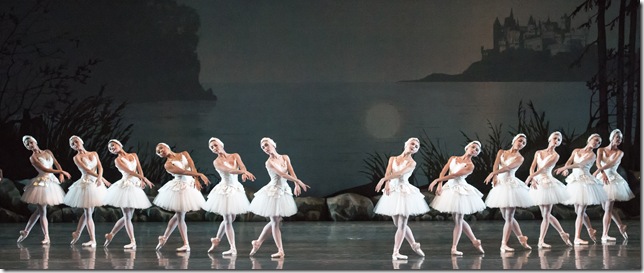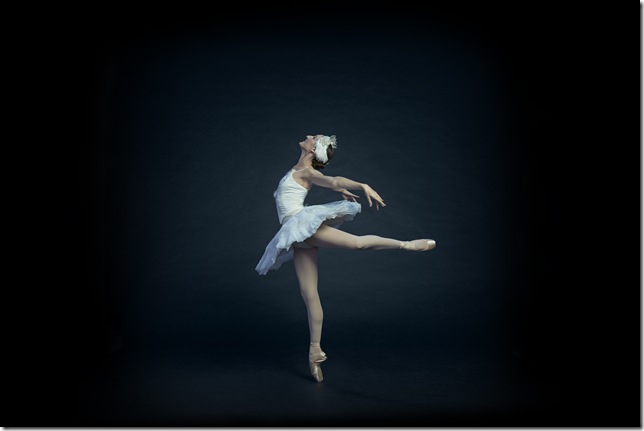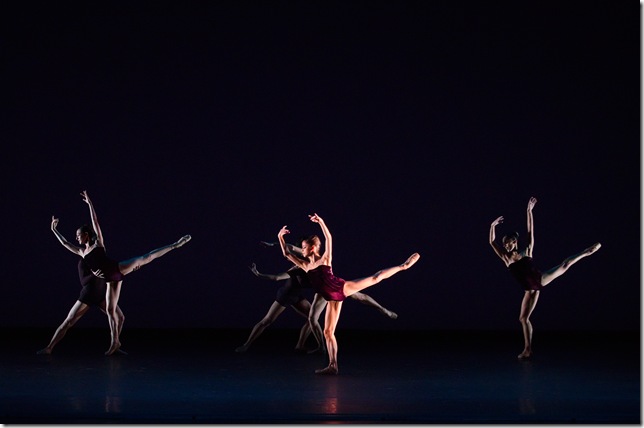By Tara Mitton Catao
A tepid launch of Miami City Ballet’s 30th anniversary season this last weekend suggests it might be time to rethink repertoire.
On Program I, which was performed Saturday night at the Kravis Center, there were three works. Two selections reached way back in time; one was choreographed 64 years ago and the other 71 years ago. The third was a commissioned work created for the company just three years ago.
It was disappointing to see just a trickle of the excitement that MCB has reflected in earlier programs. It made me wonder what the purpose was of the continuous two-thirds balance in favor of history when the company clearly and undeniably shines in its newest works. The question begs to be asked: Is it time to update and change to a two-thirds balance in favor of new works?
Swan Lake, choreographed somewhat reluctantly by a young George Balanchine in 1951, opened Saturday night’s program. When asked to set this classic on the fledgling New York City Ballet, Balanchine hesitated until he was assured an opportunity to create something new and more daring in the future.
Balanchine drew his inspiration for the one-act revision from the wonderful choreography that Lev Ivanov created for the Swan Lake that Balanchine knew from his youth in Russia. Culling musical excerpts from Acts II and IV (and thus using some of Tchaikovsky’s most romantic and famous pieces), Balanchine molded a 36-minute, pure white, mini-version of the story of Odette and her bevy of 22 swans.
The iconic role of Odette was performed with determination by Tricia Albertson, and her Prince Siegfried was Reyneris Reyes, who performed his solo variation adequately. Perhaps I am just a silly romantic when it comes to seeing the classic ballets, but I still want to see some allure and magnetic pull between the famous lovers, even if the abridged version abruptly dropped us straight into the forest and into a medley of cross-bowed hunters, scurrying swans and unrequited lovers harangued by an evil sorcerer.
The real kudos go to the corps de ballet, who, with true Balanchine style, never stopped moving, making endless clean transitions and beautiful formations that had more emphasis on quick footwork than the swan-like port de bras seen in other versions.
Balanchine fidgeted with his Swan Lake for the next 30 years adding and deleting variations. It is believed that before his death in 1983, he had another change in mind as he had mysteriously bought 400 yards of black tutu material. As a consequence, New York City Ballet performs his Swan Lake today with the corps de ballet — all 22 swans — in black tutus, leaving only Odette in traditional white.
Liam Scarlett’s Viscera opened the second half of the program. Though it featured a smaller cast, it packed a big (and welcome) bolt of wonderful, ebullient dancing. The Miami City Ballet dancers seemed so in their element performing this work, as they do performing all the new contemporary ballet additions to the repertory. Viscera, commissioned in 2012 by Edward Villella, MCB’s founder and former artistic director, was created by Scarlett, a British choreographer who has gained significant stature even though he is not yet 30.
Using the Piano Concerto No.1 of the American composer Lowell Liebermann, Scarlett’s choreography pushed the dancers through well-crafted phrases. Dressed in vibrant hues of the bordeaux, midnight blue and scarlet designed by the choreographer himself, the dancers reveled in the quick and articulate movement which reflected their strength and musicality as their bare limbs glowed in the rich darkness of John Hall’s lighting design.
As always, pianist Francisco Rennó, who is also the company music adviser, gave a wonderful performance together with the Opus One Orchestra led by Gary Sheldon.
Patricia Delgado sparkled in her role debut as the darting soloist that anchored the choreography amidst the unison duets beautifully executed by Shimon Ito and Renato Penteado. Veterans Jennifer Carlynn Kronenberg and Carlos Miguel Guerra calmed things down in their pas de deux with its slow and seamless partnering where — with excellent timing and an intuitive connection — the two became one in the movement.
Clearly a custom fit for MCB, as it highlighted the intrinsic artistic core of the company, Viscera also centered the program. It left us with a satisfied feeling but also wanting more of this kind of dancing from these spirited artists.
In 1944, when he was a young dancer with American Ballet Theatre, Jerome Robbins decided to choreograph his first dance to the music of his friend, the equally young and then unknown Leonard Bernstein. Fancy Free was an overnight sensation that led to the two turning it into the Broadway musical On the Town. One of the biggest hits in ABT’s repertory, it is a charming look at the World War II era and it is an important part of ballet’s history.
Renan Cerdeiro, Shimon Ito and Chase Swatosh were the three sailors on leave during wartime looking for a little female action in New York City. The wholesome antics reflected the mood of the time and the performers did a nice job, but after the dynamic dancing of Viscera, it just didn’t float. It was a bit like watching a small portable TV after having watched a big HDTV screen.
There is no doubt that it is important to see works such as this and Balanchine’s Swan Lake, but times and tastes have changed. The question is what will Miami City Ballet become as it enters middle age. Attracting (and keeping) new and young audiences is vital, but taking a look at the well-heeled audience on Saturday night at the Kravis, I would be hard-pressed to have found many audience members under AARP age.
Perhaps these programs are nostalgic to these mature viewers but a younger audience has a different rhythm and a different aesthetic. They want to see this young and vibrant company celebrating with more young and vibrant choreography in their programs.
Miami City Ballet can be seen next in performances of The Nutcracker (Balanchine/Tchaikovsky) in five performances from Dec. 27-29 at the Kravis Center. For tickets and more information, call 305-929-7010 or visit miamicityballet.org, or call 561-832-7469 for the Kravis Center, which can also be found at www.kravis.org.



